Katie has just celebrated her 10-year anniversary of practicing Bikram yoga! She started her practice at a small studio in Lawrence, KS (the only studio in the whole state!) and it has traveled with her to all of the cities she has lived in since - San Francisco, Aspen, Kansas City, and now Phoenix for the past two years. Katie found Bikram Yoga when she was looking for an exercise where she could sweat and get a good workout in. She has since stuck with the practice because “I found something that taught me how to breathe, to cultivate peace of mind, and to let go just enough to unveil my own physical, mental, and spiritual potential,” she says.
Although she does enjoy other types of yoga and exercise classes, she has not found one that has made her feel quite like Bikram Yoga does. “The ‘feeling’ is hard to describe,” she says. She goes on to say, “I enjoy the sweat and the challenge, but I also love the hour and a half of silence. It's my meditation, exercise, detoxification, and therapy session all rolled into one - and there is no other way to get that all in 90 minutes!”
Katie has just recently given birth to a beautiful baby girl, Anna, on September 26th and practiced Bikram Yoga regularly (at least three times a week) throughout her entire pregnancy! She says, “Yoga helped me through all the aches and pains (both musculoskeletal and mental) from hormonal changes and a growing baby.”
Katie recently returned to Bikram yoga after taking two months off following the birth of her daughter. She says that her first class back after her birth was more challenging than her first ever Bikram yoga class stating, “my legs shook in every posture and my mind was racing the entire time... but as always, I left feeling better then I did before I got there!”
When asked what advice she would give to a new student, Katie says, “Follow the words. The words are designed for everyone. If you ever fall out of a posture or your mind falls off track, just listen and try to follow the words! You never know what your body is capable of.”
5 Benefits of Bikram Yoga:
5) You learn to love water - you will have a moment when you think "this water is the best tasting water I have ever had in my life!"
4) You don't get bothered by a little sweat (great benefit when you live in the desert)
3) Your muscles and joints are more mobile... and you can do more of the other things you love like hiking, running, biking, etc.
2) You learn to love yourself... when you spend 90 minutes staring at yourself in a mirror.
1) People want to be around you (after class). You always leave the room a better person, calmer with a clearer mind.







